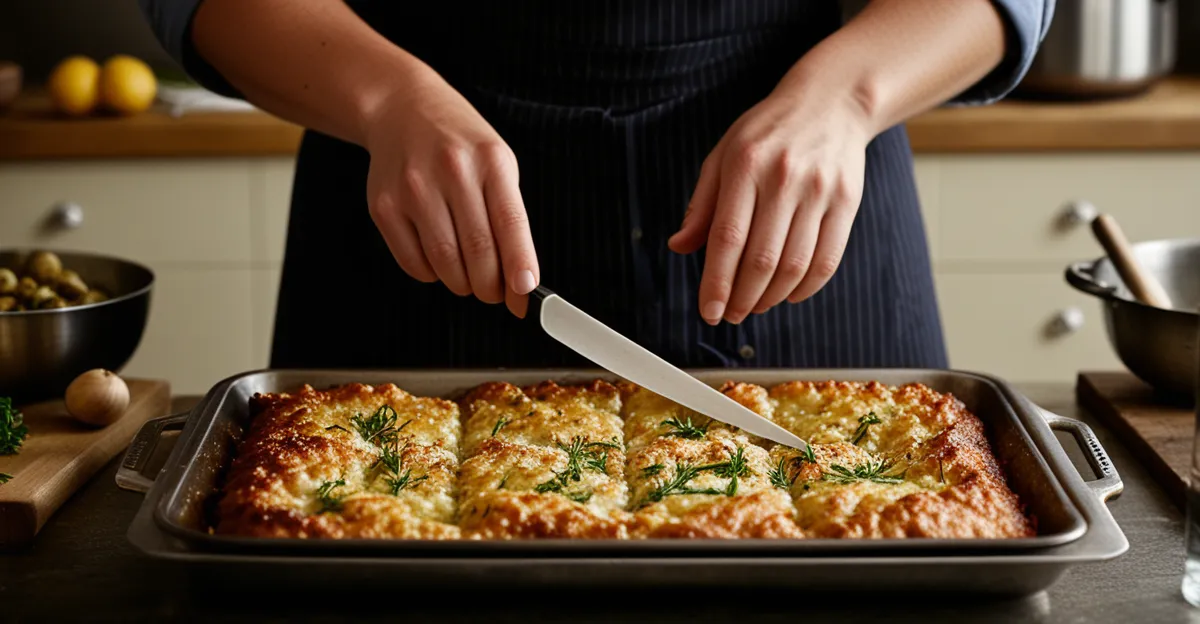Historical Foundations of British Cuisine
British food history is deeply rooted in diverse early customs shaped by geography and invasions. Medieval British cuisine primarily featured staple grains like barley and wheat, alongside vegetables such as cabbage and leeks. Meats, including beef, pork, and especially mutton, were common, often prepared with herbs like parsley and sage. Cooking methods ranged from boiling to roasting over open hearths, with pies and stews gaining prominence.
The arrival of the Romans profoundly impacted British food culture. They introduced new ingredients such as spices, olives, and wine, encouraging a more varied palate. Roman villas often had sophisticated kitchens, highlighting an early appreciation for culinary refinement.
Also read : What are the must-try tips for a perfect steak and kidney pie?
Later, the Norman invasions added further layers to British cuisine. They brought sauces, richer meat dishes, and dining etiquette that emphasized communal meals and elaborate presentations. These early influences collectively laid the groundwork for British culinary traditions, blending native ingredients with continental techniques. Through medieval ingredients and cooking methods, British food history reveals a story of adaptation and evolution propelled by its historical connections.
Transformations During the Tudor and Georgian Eras
The Tudor cuisine period marked a transformative phase in British food history. New ingredients such as sugar, cinnamon, and exotic spices arrived through expanding trade routes, reshaping flavor profiles dramatically. The introduction of fruits like apples and pears, along with game meats, diversified medieval British cuisine staples. Tudor banquets were grand affairs, emphasizing not only variety but elaborate presentation. Communal dining flourished, fostering social status through shared meals.
Also to see : What are the key ingredients for a mouthwatering beef Wellington?
Moving into the Georgian era, Georgian food further evolved with refined cooking techniques and more intricate dishes. The aristocracy popularized elaborate banquets where multiple courses demonstrated wealth and culinary expertise. Food preparation involved advancements such as roasting with spit-turning devices and improved kitchen tools, reflecting growing sophistication.
Communal dining remained significant, but with greater emphasis on etiquette and formal service. These eras revealed a clear British culinary evolution, transitioning from utilitarian medieval fare to more complex and socially symbolic food culture. This development ultimately laid the foundation for richer British gastronomic traditions, highlighting the ongoing impact of imported ingredients and changing dining customs during the Tudor and Georgian periods.
The Victorian Era and Industrial Revolution
The Victorian British food landscape transformed dramatically during industrialisation. Advances in food preservation—such as canning and refrigeration—expanded access to diverse ingredients beyond regional limits. Mass production allowed ingredients and prepared foods to be available year-round, reshaping everyday dining.
Social dining customs evolved alongside these changes. The rise of afternoon tea became a defining feature of Victorian society, symbolizing leisure and refinement. Traditional dishes like roast beef, suet puddings, and elaborate desserts gained popularity, reflecting both abundance and Victorian values of propriety.
Industrialisation also fostered the expansion of British cookbooks and household recipe collections. These publications disseminated practical knowledge of food preparation, helping to standardize recipes across social classes. Cookbooks increasingly emphasized economy, nutrition, and variety, mirroring evolving domestic roles.
The integration of new technologies with existing culinary traditions marked a significant evolution in British food history. Victorian British food not only reflected the era’s industrial progress but also reinforced social rituals, shaping enduring food customs in Britain. This period bridged traditional and modern food culture, highlighting the synergy between technological innovation and social change in British culinary evolution.
Post-War Period and Global Influences
The Post-war British food landscape was profoundly shaped by the aftermath of WWII, notably by rationing that restricted many traditional ingredients. This led to simpler meals and a focus on resourcefulness in the kitchen. Rationing persisted into the early 1950s, influencing eating habits and delaying a return to pre-war abundance.
As rationing eased, British cuisine began embracing a wider range of flavors through British colonial cuisine influences. Former colonies introduced spices, cooking styles, and ingredients that enriched traditional British dishes. This cultural exchange helped diversify the national palate, making curries, chutneys, and exotic vegetables more common on British tables.
Cultural imports played a crucial role in transforming British diets during this era. The increase in immigration and global trade brought new culinary ideas and ingredients, fostering the emergence of international cuisines. Chinese, Indian, and Caribbean foods, for example, gained popularity and inspired fusion dishes, reflecting Britain’s growing multiculturalism.
Together, these factors mark a notable evolution in Post-war British food, highlighting the dynamic integration of historical traditions with global influences. This period laid important foundations for the vibrant, diverse British culinary scene familiar today.
Modern Developments and Contemporary British Cuisine
Modern British cuisine reflects a dynamic evolution embracing local, sustainable, and artisanal foods. This shift responds to growing environmental awareness and consumer demand for quality, fresh ingredients. Farmers’ markets, organic produce, and slow food movements have gained momentum, emphasizing seasonality and provenance as central values.
Multiculturalism continues to shape contemporary British cuisine profoundly. Diverse communities contribute ingredients and cooking styles, enriching the national palate. Dishes such as fusion curries, modern twists on traditional roasts, and innovative street food illustrate this trend. Popular modern dishes often combine heritage flavors with global influences, showcasing a continual reinvention.
The British culinary revival honors history while championing innovation. Chefs experiment with heritage recipes, adapting them to current tastes and dietary preferences. This revival fosters pride in British food history and inspires creativity in kitchens nationwide.
Together, these trends define modern British cuisine as vibrant and inclusive. The legacy of diverse early influences and the evolving British culinary identity ensures that contemporary food culture remains both rooted and forward-looking, inviting all to explore its rich and varied landscape.




